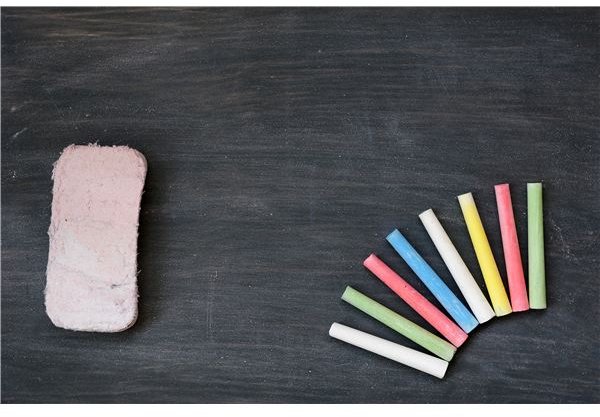A Fun Elementary Lesson Plan on Symmetry and Asymmetry
All About Symmetry
Symmetry is an important concept in the elementary level curriculum. With the completion of this elementary lesson plan on symmetry
students will be able to define, and recognize symmetric and asymmetric shapes and items, easily.
Objectives:
Students will define the terms symmetry and asymmetry.
Students will compare symmetric and asymmetric objects.
Symmetry can be defined as generally conveying two primary meanings. It is an imprecise sense of harmonious or aesthetically pleasing proportionality and balance, or in simpler terms an exact balance on opposite sides of a dividing line of an item.
For your students, symmetry can simply be defined as: ‘‘The same on both sides"
Not all items are symmetric; these items are called: Asymmetric.
Asymmetric can be defined as: An item that does not have an exact line of symmetry; Item cannot be divided equally_._
At this age most children learn best by seeing what you are saying with their eyes, and doing things themselves (hands on) so, make sure you show the students examples of both symmetric and asymmetric items.
A butterfly and a heart are both symmetric items.
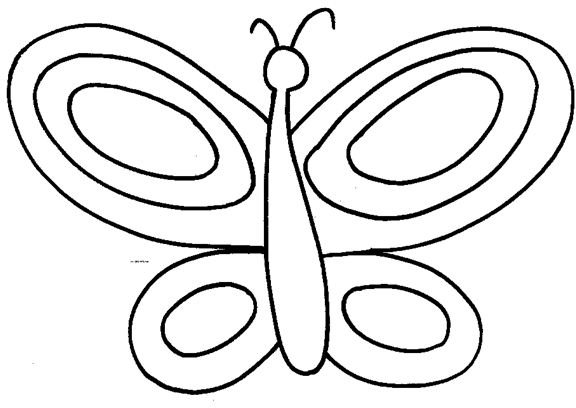

A unicycle is an asymmetric item.
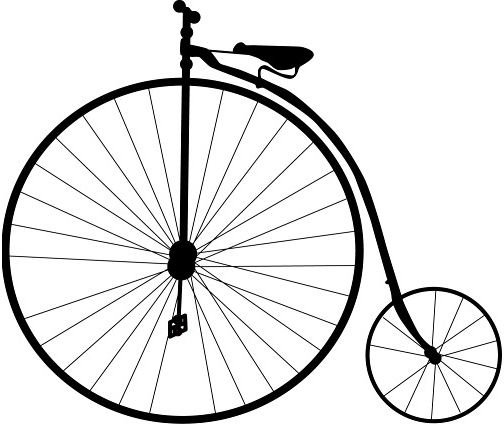
You can also link to this preschool butterfly craft about symmetry to give your students more experience with this concept.
Forms of Line Symmetry
An elementary lesson plan on symmetry will explore the different forms of line symmetry. It is important for students to recognize lines of symmetry. Teach students that there are three forms of line symmetry:
Horizontal Line of Symmetry
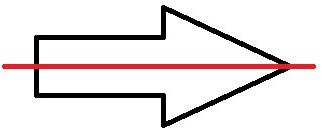
Vertical Line of Symmetry
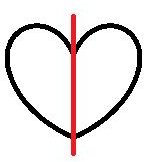
No Line of Symmetry

Practice Symmetry Through Art
There are many simple crafts that can be done with students to show them forms of symmetry. Colorful art using symmetry is a fun way to make the lesson stick with the students. Coloring is a great way for younger students to learn symmetry.
Ask the students to color two of the same photos in a symmetrical pattern, then in an asymmetrical pattern.
Another fun craft to teach symmetry to elementary school students is:
"Squish Art"
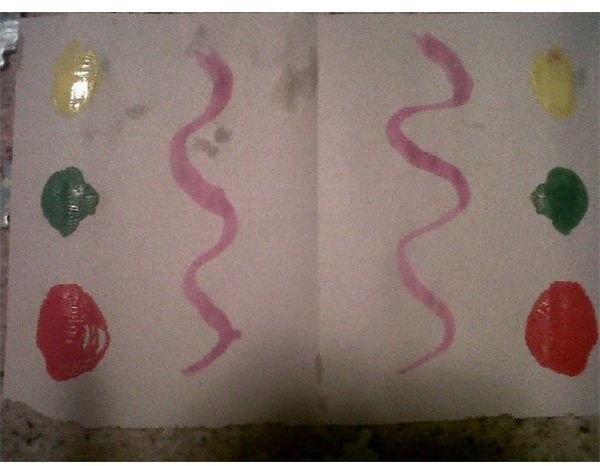
- Give each student a piece of construction paper.
- Supply students with an assortment of paint colors.
- Have the students fold their paper in half.
- Have the students paint a simple design on one side of the construction paper.
- Then have the students carefully fold their paper in half.
When they open the folded paper, the students will see two symmetric images on one page. Allow proper time to dry.
This craft makes for a great bulletin board: “We’re Learning About Symmetry”
Student Worksheets on Symmetry
When presenting an elementary lesson plan on symmetry it is important to give students time to practice for themselves. Below is a downloadable worksheet to help students practice lines of symmetry. It could also be used as an assessment after the lesson.
Student Worksheet on Symmetry- for personal or classroom use only.
For the older elementary students, it is important to give them a clean, simple study sheet so they can reference the lesson quickly and easily. Below is a downloadable reference guide for students on lines of symmetry.
Student Lesson Sheet on Symmetry- for personal or classroom use only.
